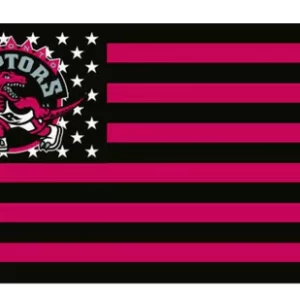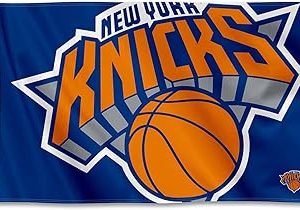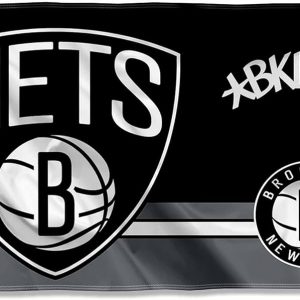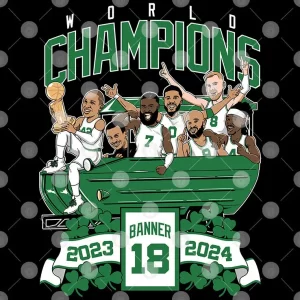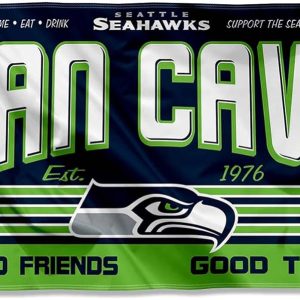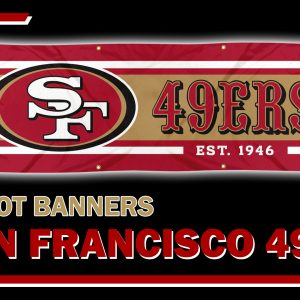In 2006, as the city began its slow recovery, the Saints returned to New Orleans, playing their first game back in the Superdome—a setting that had become a symbol of resilience.
The energy in the Superdome was electric; it was a celebration of survival rather than mere sport. Fans rallied around their team, demonstrating that sports could facilitate healing and provide a sense of normalcy in the aftermath of such tragedy.
This return marked the beginning of a new chapter for both the Saints and New Orleans. The Saints emerged as a beacon of hope, illustrating how sports can unite a city during turbulent times.
The Rallying Cry of the Community New Orleans Saints FC
In many ways, the New Orleans Saints transformed into a metaphor for the city’s rebirth. The team’s resurgence mirrored the community’s efforts to rebuild, offering fans a shared purpose in the face of adversity.
Head coach Sean Payton and quarterback Drew Brees became symbols of this movement, leading the team to unexpected success while embodying the spirit of resilience that characterized the post-Katrina landscape.
Fans embraced the Saints not just as a football team but as a vital part of the city’s identity. The bond grew stronger with each passing game, creating an unbreakable link between the franchise and the community.
The Drew Brees Era New Orleans Saints FC
Drew Brees’ arrival in New Orleans in 2006 heralded a transformative period for the franchise. His leadership, skill, and dedication would redefine the Saints and establish a legacy that resonates beyond the gridiron.
The Making of a Legend
Brees was not merely a talented quarterback; he embodied the very essence of perseverance. After a devastating shoulder injury while with the San Diego Chargers, he faced uncertainty about his future in the league.
The Saints took a chance on him, and Brees quickly silenced any skeptics. His ability to read defenses, combined with his strong work ethic, made him the ideal leader for a team eager for success.
Under Brees’ guidance, the Saints adopted an explosive offense that became a hallmark of the franchise. His undeniable chemistry with receivers like Marques Colston further accelerated the team’s growth, allowing them to compete at an elite level.
Record-Setting Performances
Throughout his career, Brees shattered numerous records, including becoming the all-time leader in passing yards. Yet, it wasn’t just about the statistics; it was the way he played with heart and determination.
Brees often emphasized teamwork and fostered a culture of accountability. Players respected him not only for his talent but for his humility and dedication to improvement. He inspired those around him to elevate their performance, transforming the Saints into perennial contenders.
Super Bowl XLIV: The Pinnacle of Achievement
The zenith of Brees’ tenure arrived in 2010 when the Saints clinched their first Super Bowl title at Super Bowl XLIV. This victory was monumental—not just for the team but for a city that had endured immense hardships New Orleans Saints FC.
The game showcased Brees’ poise under pressure and reinforced his status as a clutch performer. His performance earned him the Super Bowl MVP award, and the celebration that followed felt less like a victory for a sports team and more like a collective triumph for an entire community.
The Lombardi Trophy became a symbol of hope, demonstrating that even in the darkest times, dreams could be realized. The Saints solidified their place in NFL history and further entwined their narrative with the city of New Orleans.
